A Tale of Two Data: Measuring What’s Broken—and What’s Possible
We often hear that "data drives decisions." But what kind of data? And what does it reveal—or obscure—about the communities we serve?
Most systems rely heavily on deficit-based data: numbers that reflect risk, failure, and system involvement. We track arrests, removals, referrals, and recidivism. These data points are real and important. They shine a light on inequities and harm. But if that’s all we measure, we risk reinforcing a narrative that communities are problems to solve, not places of possibility.
Enter the Tale of Two Data. Alongside traditional metrics, we must elevate data that reveals strength, connection, resilience, and readiness. Where are the assets in a community? Who are the trusted leaders and informal supports? What programs are already working? What does healing look like, and how can we measure progress toward it?
Through the Roots & Routes asset mapping toolkit and our work in Syracuse’s 13204 and 13207 ZIP codes, we’ve helped communities gather and lift up the data they know to be true—not just what systems count, but what people value. This includes lived expertise, community-developed programs, and places of safety and joy.
When we measure both harm and hope, we can design more balanced interventions. We can resource what works, not just respond to what’s wrong. And we can shift the narrative from what a community lacks to what it has the power to build.
What are you measuring? And what stories are your data telling?






